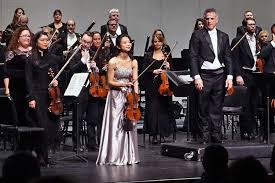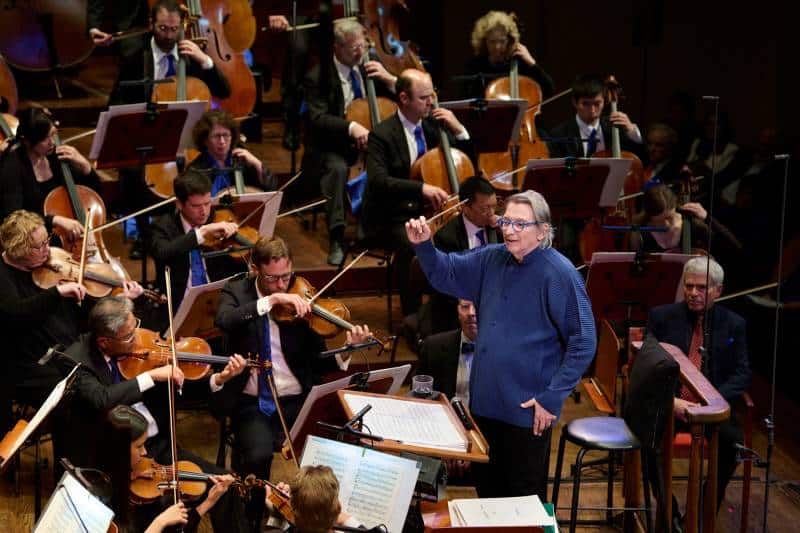A London memorial at last for Beethoven’s British violinist
NewsThe unfortunate George Augustus Polgreen Bridgetower – a British violinist who gave the first performance of the unnamed Kreutzer Sonatas together with its composer – was recognised today with a blue plaque in the street where he lived, in Pechkham, southeast London.
BLM campaigners have sought to make Bridgetower a poster boy for the oppression of black musicians in classical music. An example of prevalent ignorance was given at the plaque unveiling:
Kwaku, a music historian who specialises in black British music, said: ‘George rose to be the most famous British composer of the early nineteenth century. He was a phenomenal musical talent – history says he didn’t need rehearsal which is why Beethoven was so impressed by him. It’s great that Southwark Council, Nubian Jak and Sony Music have put up this plaque. And to know that he lived in Southwark – that’s fantastic.’
I shall deal with the racial complexities of the Bridgetower case in my forthcoming book, Why Beethoven.






Comments